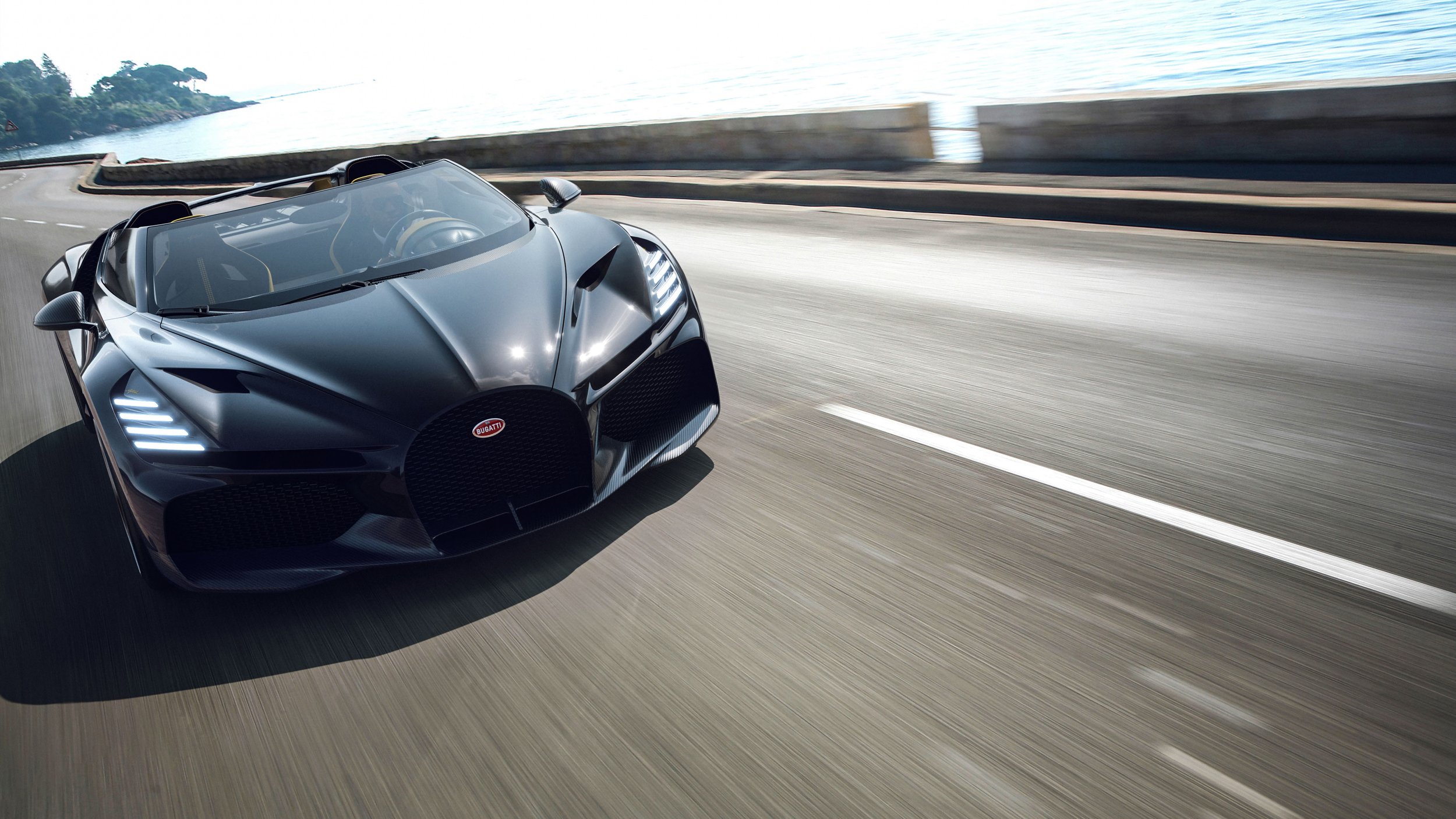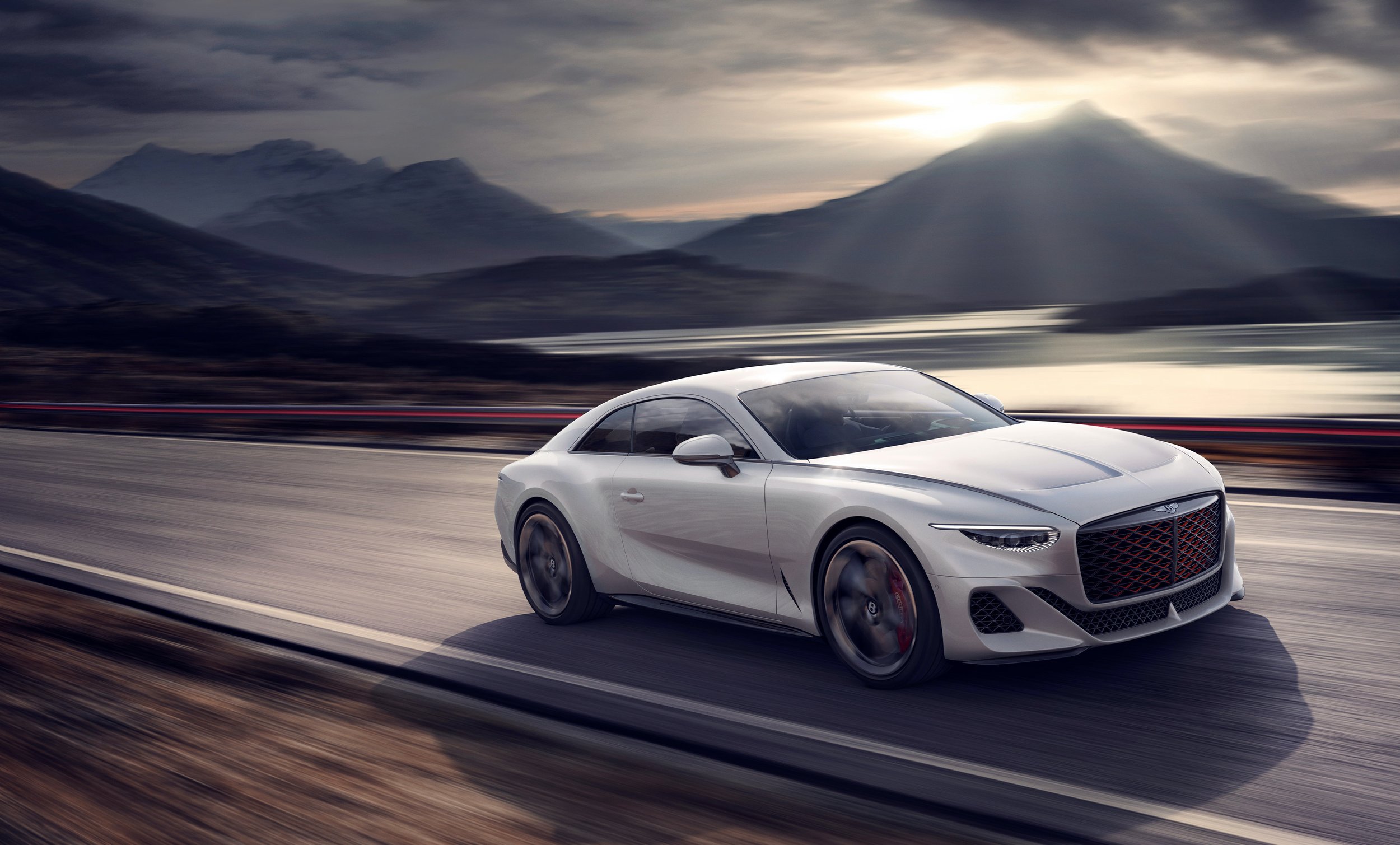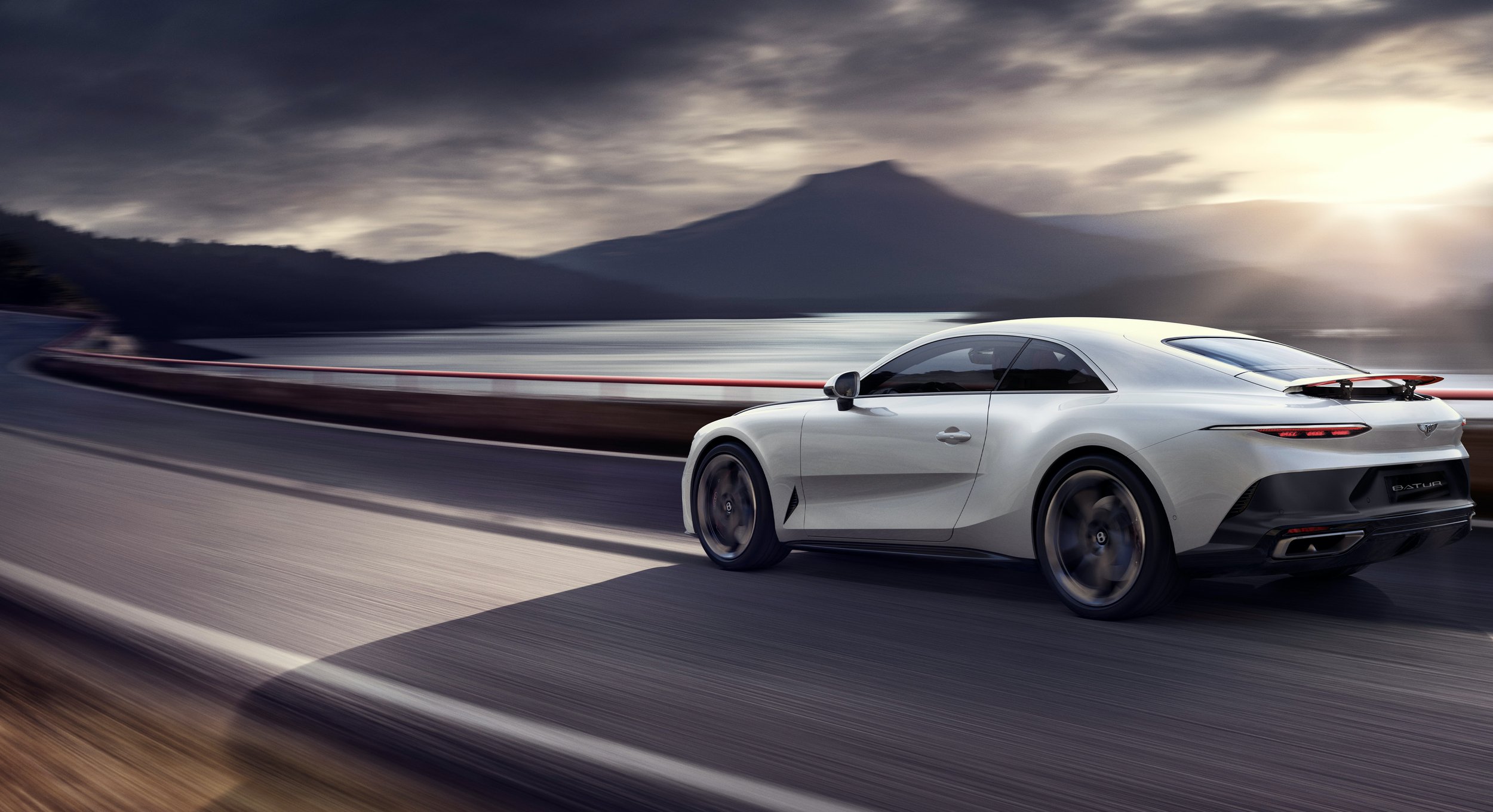Monterey’s monster meet
/It’s a case of California dreaming as exotic players gather for a last big drink.
IMAGINE there’s a place where not only does no-one appear to give a hoot about global warming or fossil fuel insecurity, but on the contrary they’re engaging is a Big Oil blast, with a deep dive into unrestrained automotive gluttony, damn the extravagance and the worldwide environmental mood.
The name of this fantasy land? It’s America, of course, and specifically, if perhaps ironically – since it’s a state that has for years set the pathway in respect to emissions regulation and support for electrified driving – it’s California.
The pin pierces the map at the coastal town of Carmel, a magnet for the rich and famous (well before Clint Eastwood served several terms as mayor). This week it’s hosting Monterey Car Week – aka ‘The Quail, A Motorsports Gathering’ - and become an occasion for car makers dedicated to realising fantasy have chosen to unleash cars that are last blast in the truest sense.
The machines listed here might stand as icons of engineering excellent and design craftmanship, but they’re surely also dinosaurs. Yet don’t bother about seeking to buy in. Each and every one are limited count products that, despite all set to take several million dollars out of you Cayman Islands’-sited stash, are all sold out.
Bugatti Mistral
A ROADSTER based on the Chiron hypercar and the last blast with the 8.0-litre W16 petrol as the firm heads towards a hybridised and electric future.
Designers insist this $6 million give or take offer isn’t simply a Chiron with the top cut off, but a new car, with a tweaked monocoque, and a fresh design that takes cues from the one-off Voiture Noire, and Bolide and Divo concepts.
The W16 isn’t the usual version, either, but the 1176kW version that powered the Chiron Super Sport 300 plys to a record-breaking 490.4kmh in 2019. Bugatti has indicated that it intends the Mistral to become the world’s fastest roadster, a record held by the 427.4kmh Hennessey Venom GT Spyder.
Koenigsegg CC85
EVER sort your own birthday present?
Christian von Koenigsegg has. This 1032kW coupe with a detachable hardtop and doors that open upward, costing around $8.5 million is a modern take on the first production car von Koenigsegg ever made, the CC8S from 2002, and also celebrates the maker having achieved 50 years.
The model is powered by a twin-turbo V8 engine that can run on E85 fuel and, while no performance figures have been shared, there’s reminder the 496kW CC8S boasted the most power of any production car at the time and that, in 2017, the Koenigsegg Agera RS set a world record when it hit 445kmh. A spokesperson said the CC850 is “similar to the (Koenigsegg) Jesko,” which has a zero to 100kmh time of less than three seconds and a top speed of more than 420km.
McLaren Solus GT
Designed solely for track use, this model will look familiar to gamers; the design was first previewed back in 2017 as the McLaren Ultimate Vision concept in the Gran Turismo Sport video game.
Set to hit production next year, with 25 set to be built, the Solus, McLaren says, represents as an expression of all the knowledge it has acquired over the years through its racing and supercars in making things go extremely fast.
Powering the Solus is a mid-mounted, naturally-aspirated 5.2-litre V10 engine developing “in excess of” 626kW and 650Nm of torque. Its rev limiter sits above 10,000rpm. There’s talk of 0-100kmh in 2.5 seconds, though as the car is still under development, the figures have yet to be finalised.
The gearbox is a bespoke seven-speed sequential unit and features straight-cut gearing, a design usually only found on racing cars and almost never seen on road cars because the result is simply too loud and harsh.
Absent from the engine's design are any belts or chains as the camshafts and ancillaries are instead driven by gears.
The engine and gearbox help keep the Solus' overall kerb weight to less than a ton (and thus it has a highly impressive power-to-weight ratio). Both form a stressed part of the chassis, a design common on racing cars, but rarely seen on road cars, negating the need for any additional bracing or strengthening behind the carbon-fibre monocoque tub in which the driver sits.
The carbonfibre bodywork - including the shape, the ducting and the aerodynamic elements - is another big reason for the Solus being so potentially capable on the track.
The wheels, for example, are shrouded in aerodynamic pods. The radiators for cooling the engine sit in side pods. A large front splitter feeds air into ground-effect tunnels before it exits the car via a full diffuser at the back. McLaren says that the downforce pressing the Solus closer to the tarmac is, at around 1200kg, heavier than the mass of the car itself.
One of the coolest parts of the Solus is unquestionably the canopy that slides forward to permit ingress to the cockpit like in a fighter jet. Space isn't abundant due to the single-seat design, but the driver gets everything they need for the track including air conditioning, bracing around the canopy similar to the halo design seen on F1 cars and an escape hatch in the canopy too should the sliding mechanism become obstructed.
The seat will be specially moulded and fitted to the buyer with the pedal box also capable of being moved to accommodate a taller or shorter driver.
This versus the Rodin FZERO? A clash between those two NZ-associated blasters would be fascinating. My money would be on Bruce.
Aston Martin V12 Vantage Roadster
A SNAP crackle bang final bow for Aston's 5.2-litre V12 engine.
An engine develops 522kW with 753Nm of torque on tap at 5,500rpm slots into a space designed for a V8. The 12 cylinder car’s body is also wider to accept beefier suspension. The front end has received a different treatment, with a new full-width splitter. The air intake is some 25 per cent bigger than the V8 model's to better cool the larger engine.
To offset the bigger engine’s additional kilos, the bonnet, front bumper, front wings and side sills have all been made from carbon fibre, with the rear deck lid and bumper made from light, composite material.
There's a new lightweight battery too and a twin-exit exhaust made from millimetre-thick stainless steel, which saves 7.2kg. Other weight savings are special wheels and a six-way adjustable driver's seat made from carbon fibre. The use of carbon-ceramic brakes (with six-piston calipers up front and four-pots to the rear) saves another 23kg compared to using steel brake discs.
With the higher power of the V12 too comes the need for more aerodynamic downforce. A rear wing, like that seen on the V12 Vantage coupe, is an option and, when all the aero elements such as the wing, the front splitter and the diffuser at the rear are working together, the car generates around 216kg of downforce at speed.
Performance? It’ll nail zero to 100kmh in 3.6 seconds and go on to a top speed of 320kmh. All that power is sent to the tarmac through an eight-speed ZF automatic transmission and a mechanical limited-slip differential.
Bentley Batur
BATUR is a Balinese volcano said to have one of the most impressive calderas in the world, but also prone to nasty eruptions that aren’t great for the environment.
An apt name, then, for Bentley’s latest creation developed by its Mulliner coach-building division.
While this two-seater is a debut for the ‘resting beast’ styling ethos that, the maker says, will be fully exploited by the future electrified and fully electric product coming from 2025, the eruptive force under the bonnet is the 6.0-litre W12 petrol engine, which in addition to delivering volcanic power and torque – in this instance, 544kW and 1000Nm - is also a dirty bird on the emissions scale. Hence why this is the swansong application.
The 12-cylinder engine marries to eight-speed double-clutch gearbox and runs a titanium sports exhaust, plus the model has adaptive three-chamber air-spring suspension, an anti-roll control system, an electronic limited slip differential (eLSD) and massive brakes, with 10-piston front calipers and four-piston rears. Torque vectoring by brake is also employed to assist cornering and traction.
Eighteen are being built.
























